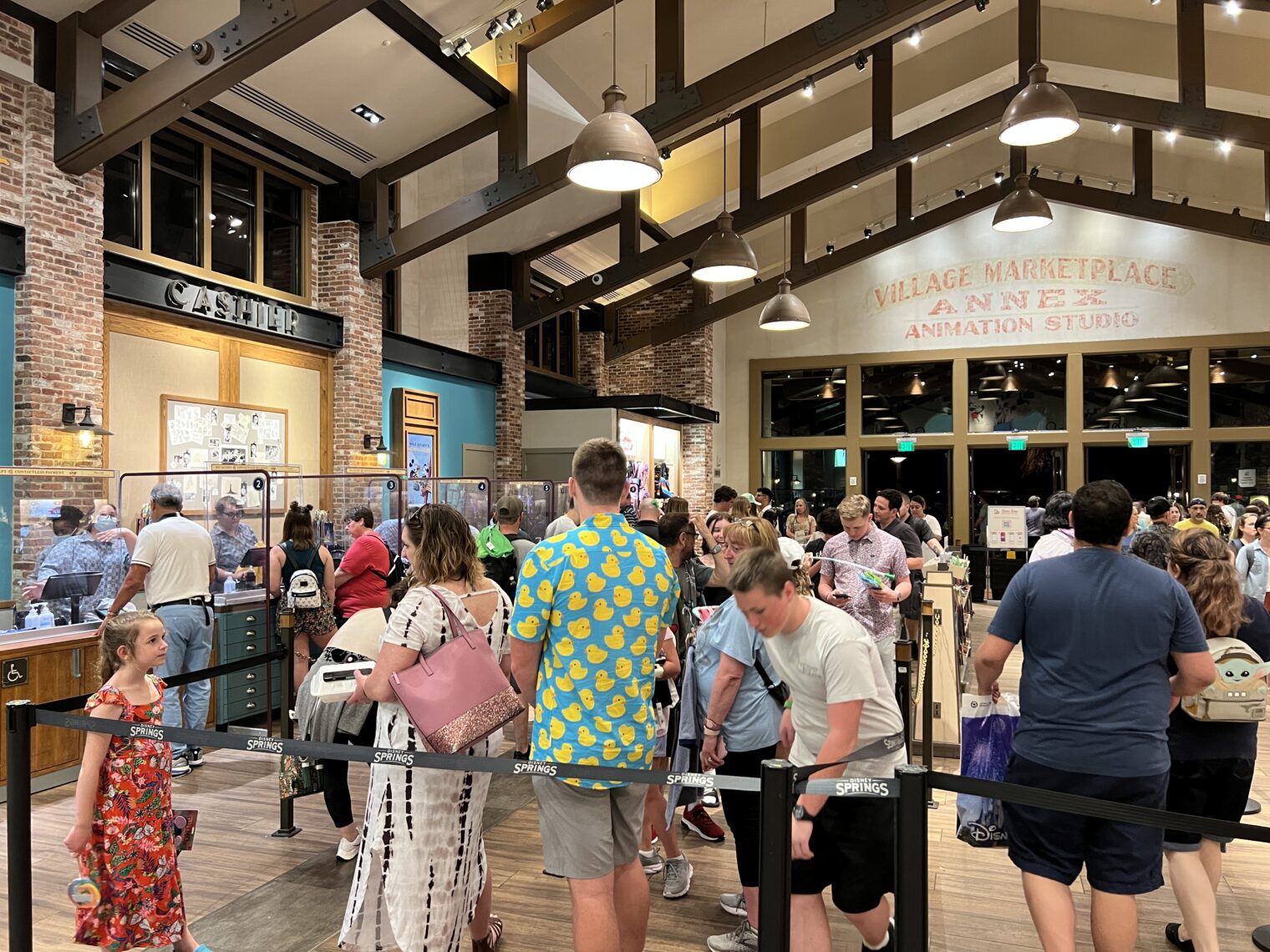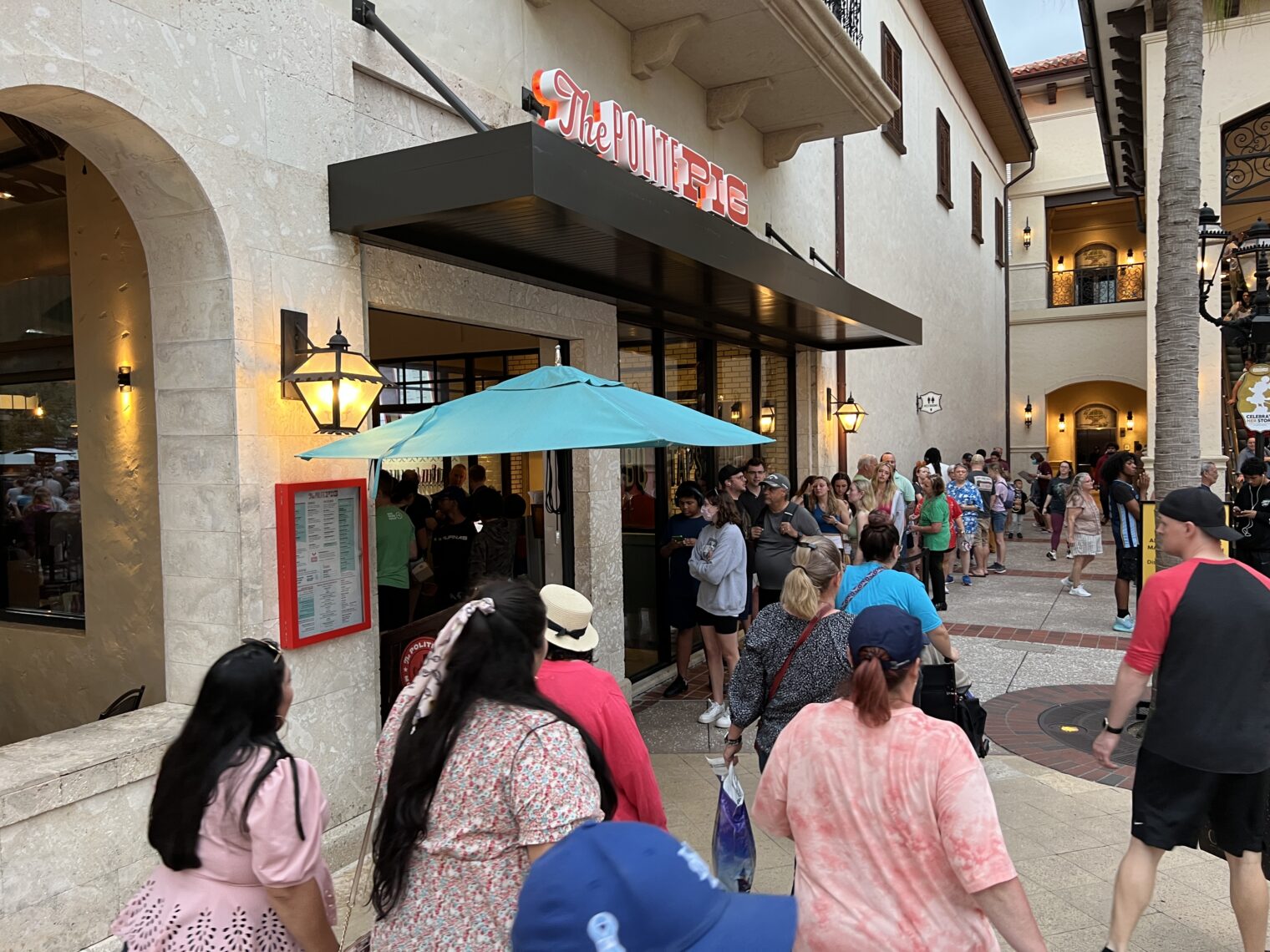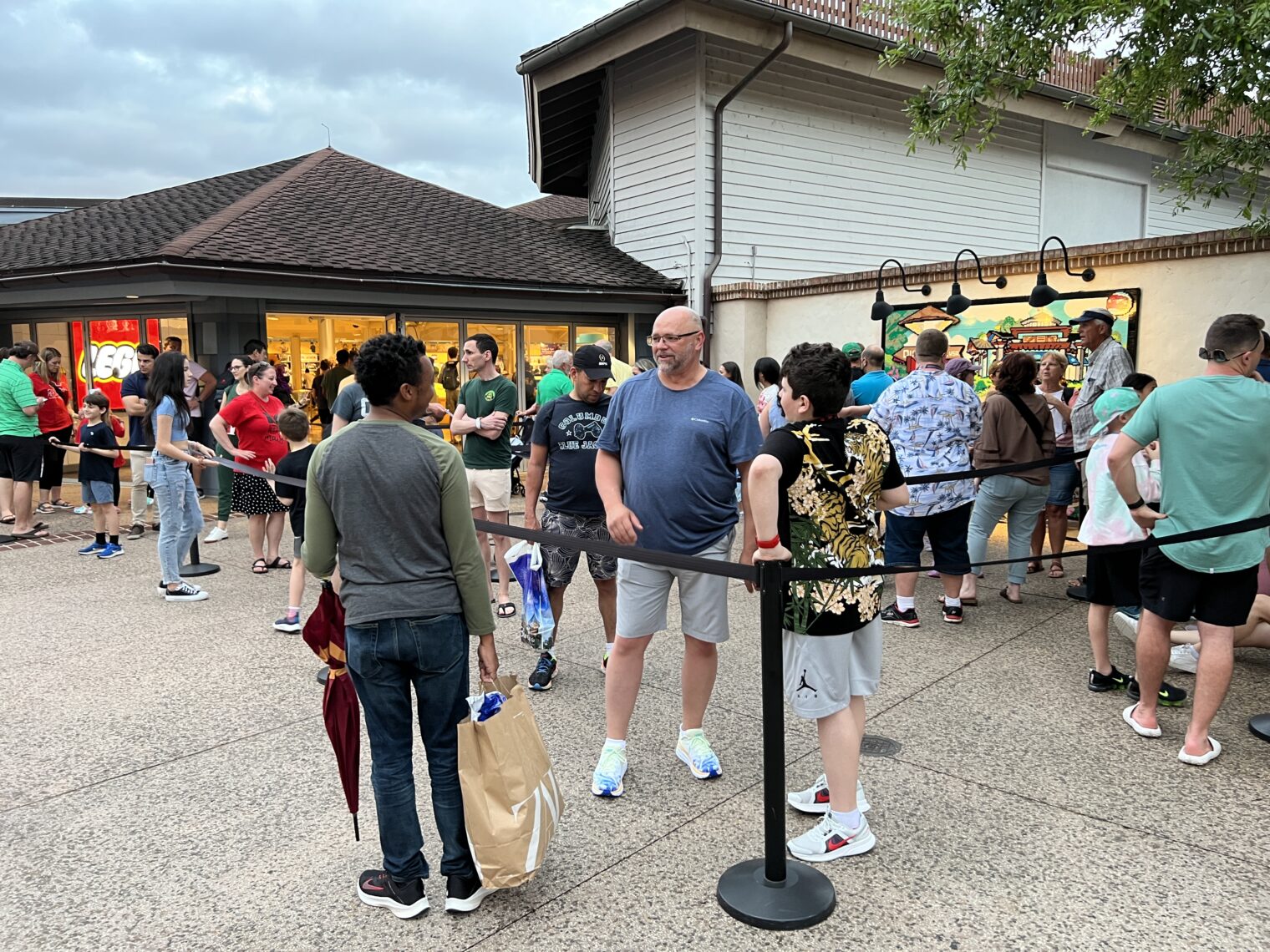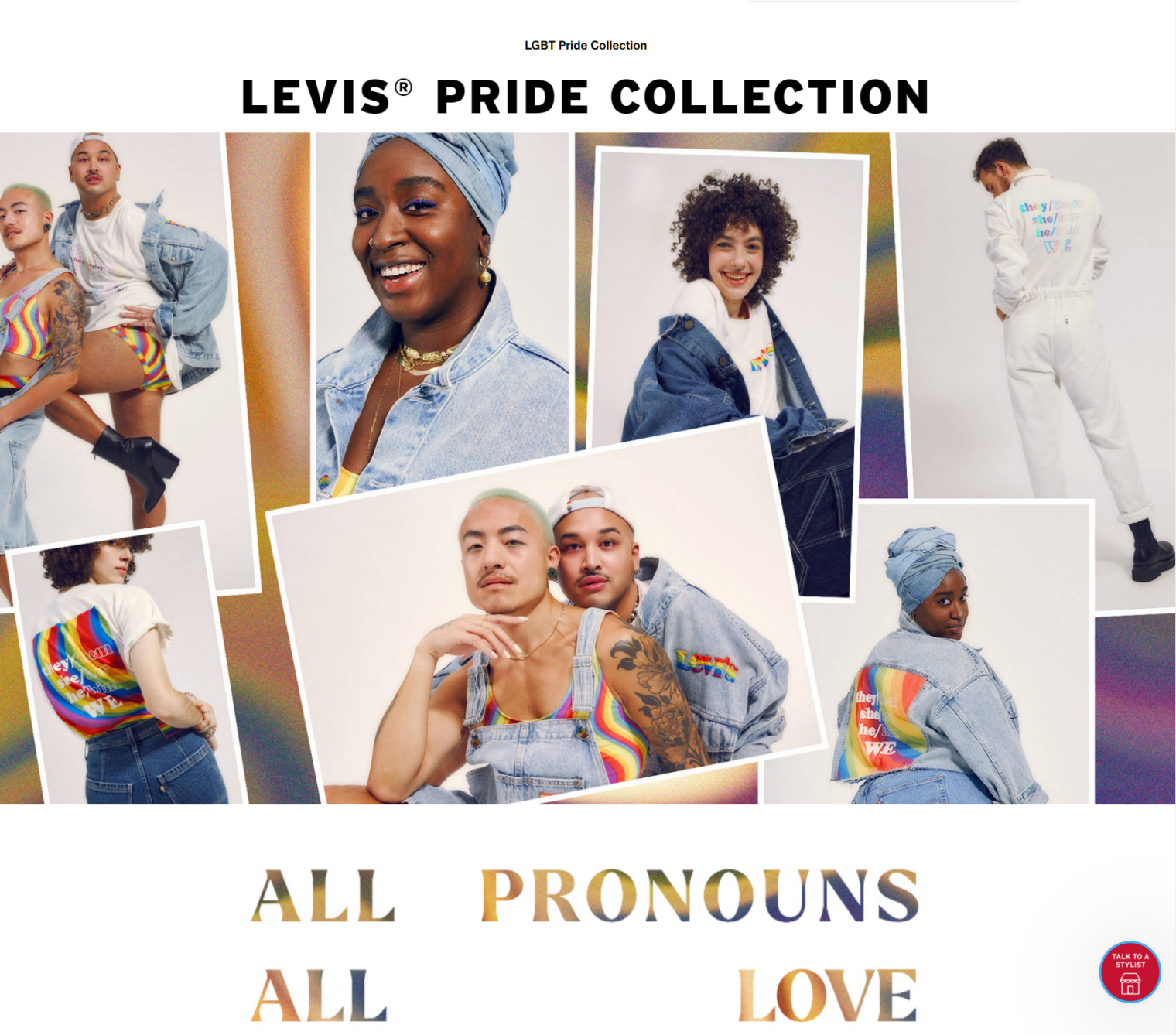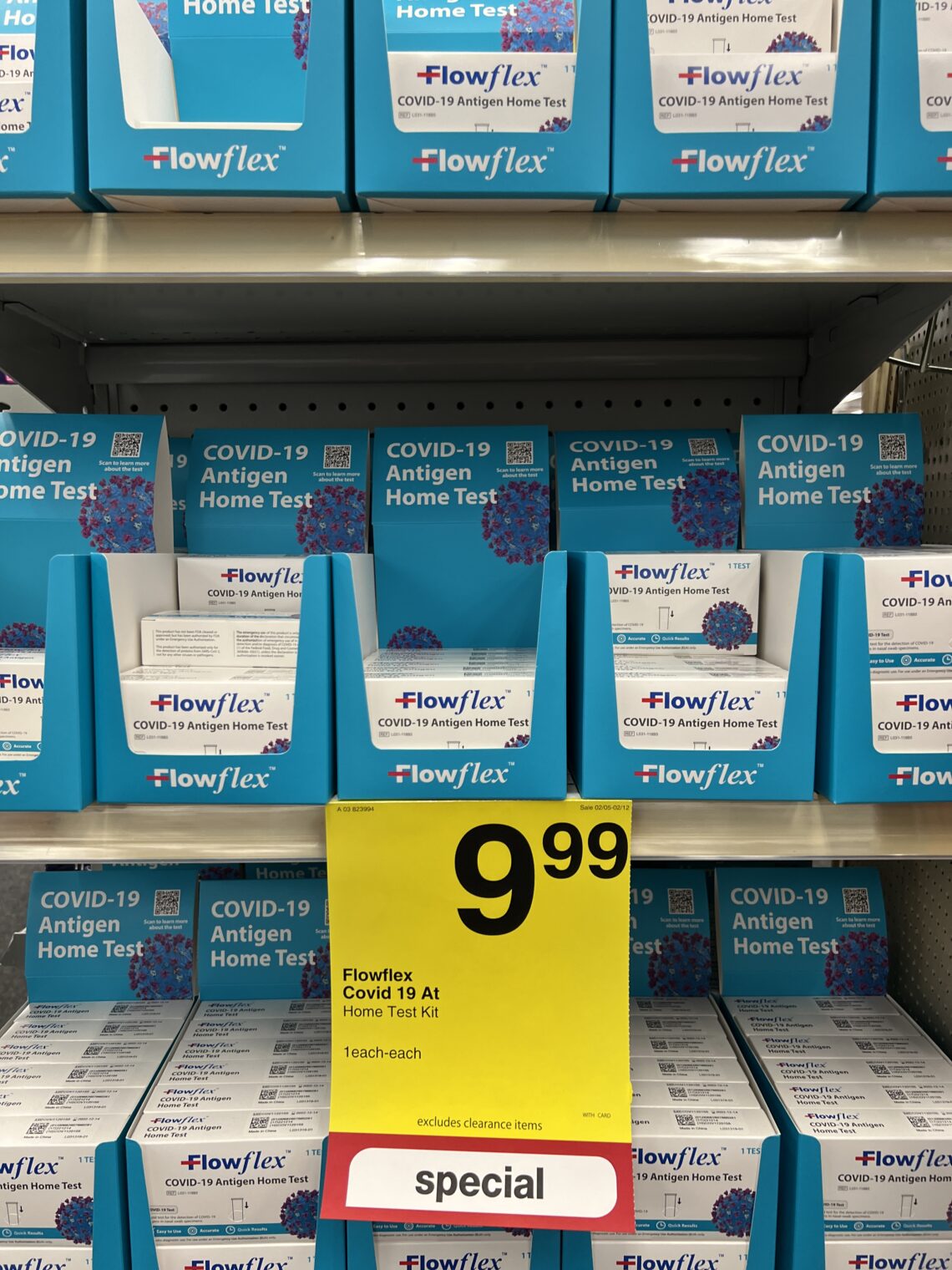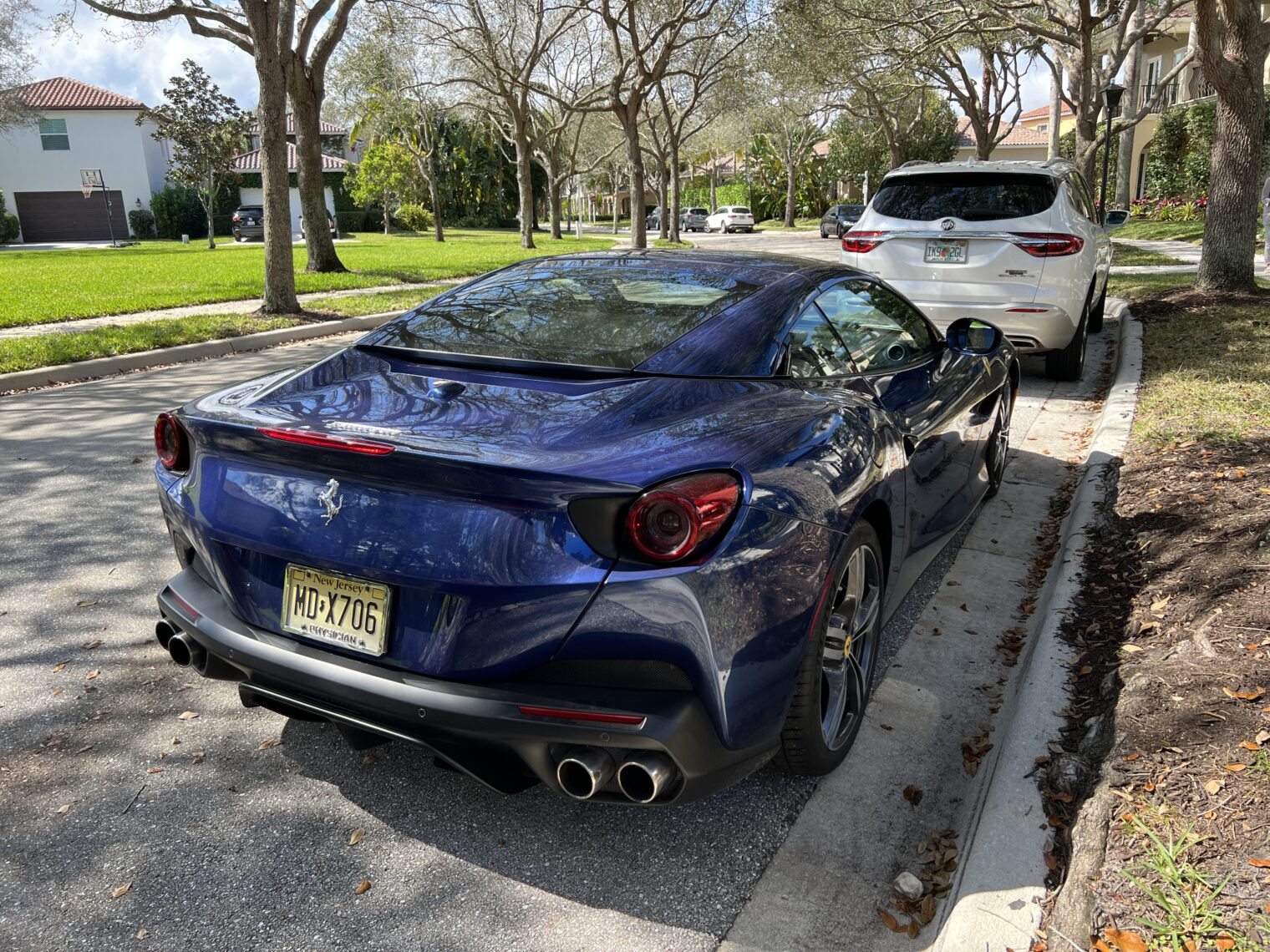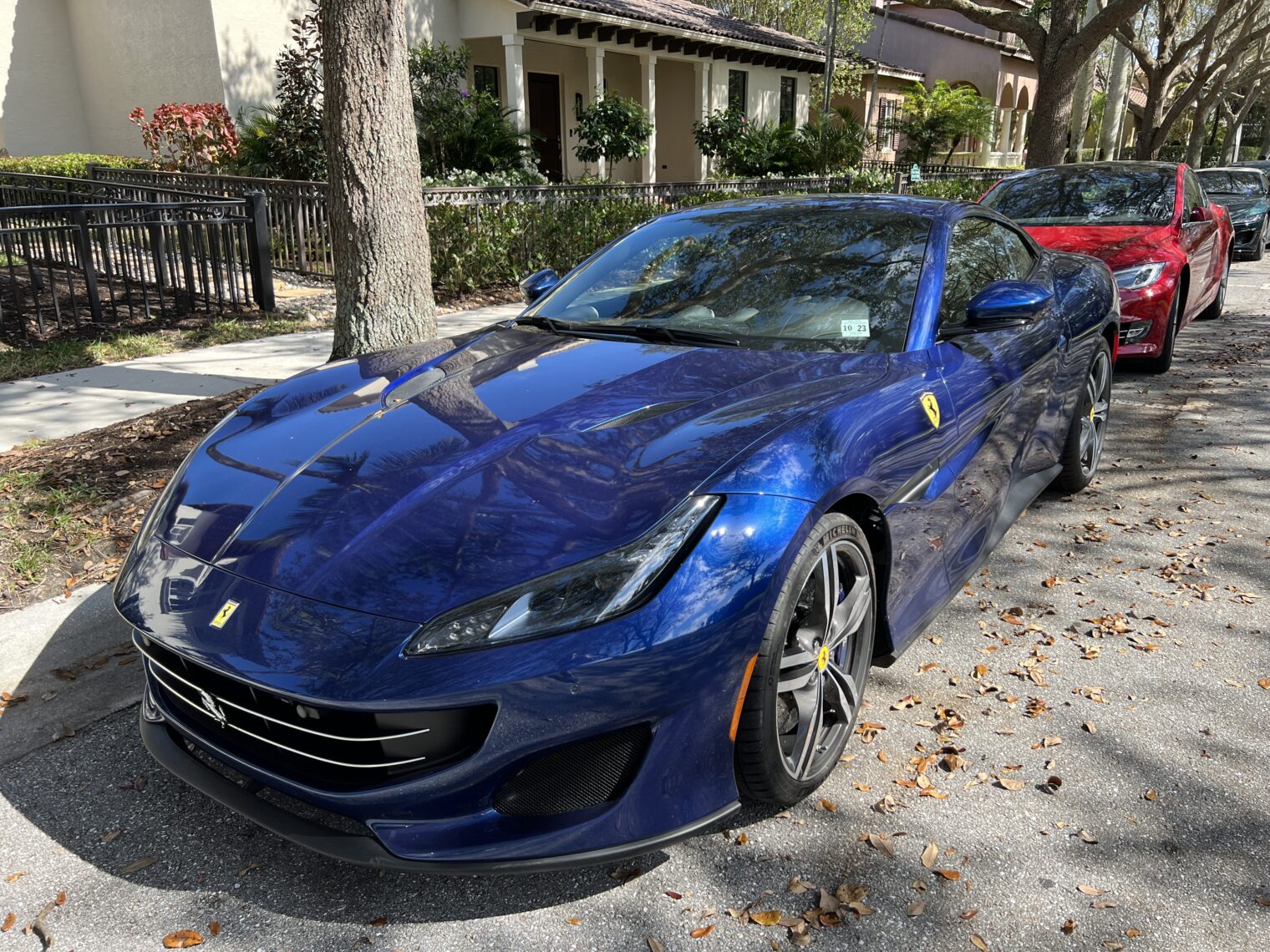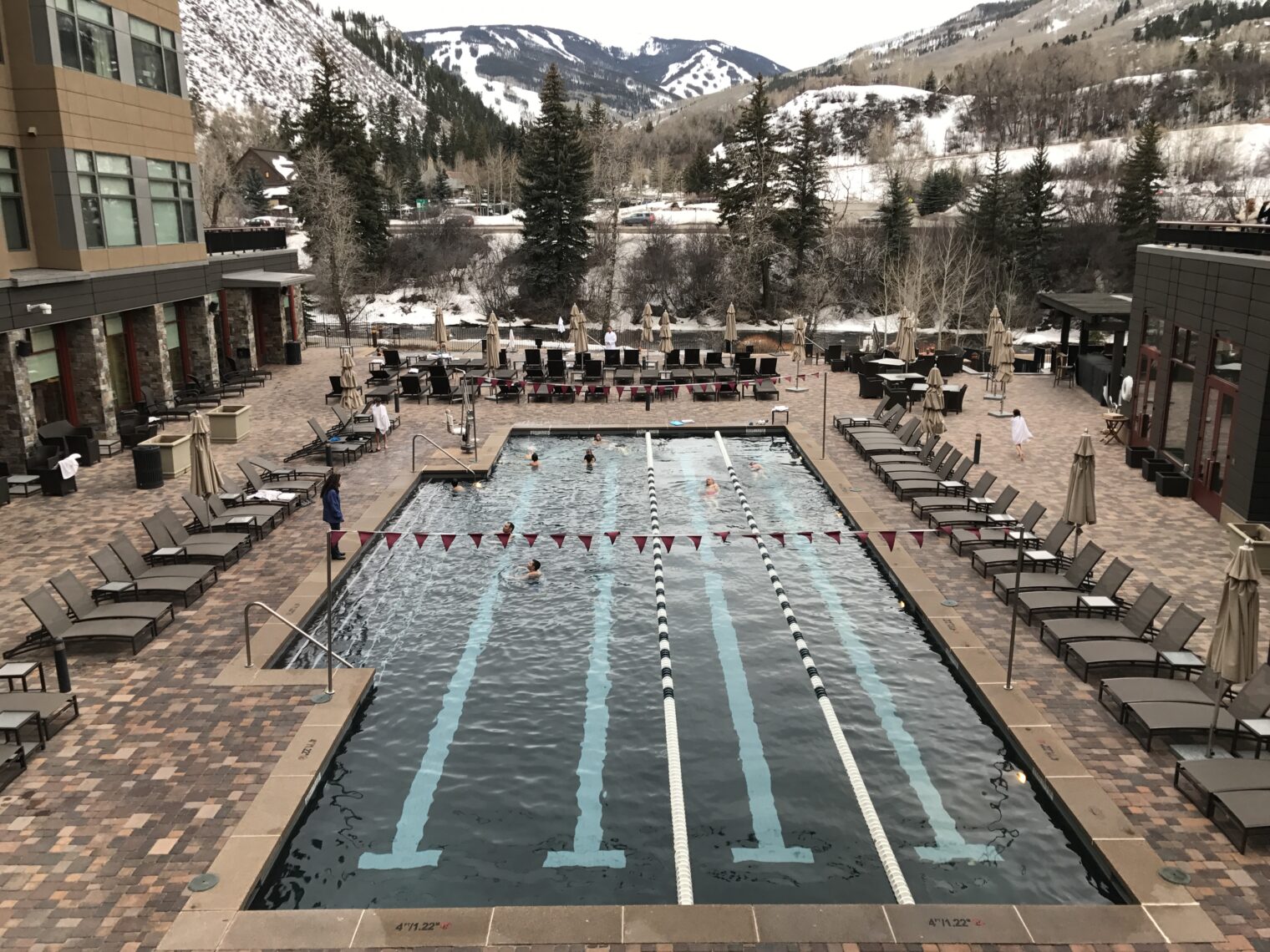An interesting article by a gymnastics champion-turned-Levi-Strauss executive:
My tenure at Levi’s began as an assistant marketing manager in 1999, a few months after my thirtieth birthday. As the years passed, I saw the company through every trend. I was the marketing director for the U.S. by the time skinny jeans had become the rage. I was the chief marketing officer when high-waists came into vogue. I eventually became the global brand president in 2020—the first woman to hold this post. (And somehow low-rise is back.)
Over my two decades at Levi’s, I got married. I had two kids. I got divorced. I had two more kids. I got married again.
We’re told that it is impossible to have children and work at the same time (but ladling out more taxpayer cash will help, especially if extracted from the childless) and yet Jennifer Sey had four children while climbing the Levi’s corporate ladder! (She also had time, presumably, to be a litigant in the California Family Court.)
I wrote op-eds, appeared on local news shows, attended meetings with the mayor’s office, organized rallies and pleaded on social media to get the schools open. I was condemned for speaking out. This time, I was called a racist—a strange accusation given that I have two black sons—a eugenicist, and a QAnon conspiracy theorist.
Example hate speech and Science-denial from the op-ed (February 2021):
I find myself stunned and enraged every day since March 13 that my kids, San Francisco public school students, and approximately 50% of students across the country have no in person instruction at all for what amounts to almost a full year. They are going without classroom education, socialization, and, for kids with few resources, necessary social services. Denying kids educational opportunity amounts to denying them a future and it is nothing short of child abuse.
The lack of effort to open schools by leaders, with few notable exceptions – Governor Ron DeSantis [!!!], Governor Gina Raimondo – is a tacit endorsement that closed schools are not only acceptable but preferred, despite the fact that study after study proves that schools can be safe.
Kids went to school in the Warsaw ghetto. Kids went to school in London during the Blitz. Kids went to school during the Spanish flu pandemic. Amidst chaos and destruction, the world signaled to kids how much they mattered, that our very future depended on them. We are doing the exact opposite now. They won’t forgive us.
Looking at the highlighted text above, I think we can begin to see the problem.
The paragraph below contains a date that may be useful to historians.
In the summer of 2020, I finally got the call. “You know when you speak, you speak on behalf of the company,” our head of corporate communications told me, urging me to pipe down. I responded: “My title is not in my Twitter bio. I’m speaking as a public school mom of four kids.”
But the calls kept coming. From legal. From HR. From a board member. And finally, from my boss, the CEO of the company. I explained why I felt so strongly about the issue, citing data on the safety of schools and the harms caused by virtual learning. While they didn’t try to muzzle me outright, I was told repeatedly to “think about what I was saying.”
Meantime, colleagues posted nonstop about the need to oust Trump in the November election. I also shared my support for Elizabeth Warren in the Democratic primary and my great sadness about the racially instigated murders of Ahmaud Arbery and George Floyd. No one at the company objected to any of that.
Let’s see what the divorce plaintiff-turned-senator had to say about lockdowns: “Warren: ‘We should be imposing mask mandates’ and vaccine requirements” (state-sponsored WGBH, December 23, 2021. The story includes a photo of the Native American icon protecting herself and others from Omicron with a cloth mask:
The top executives aren’t stupid:
Then, in October 2020, when it was clear public schools were not going to open that fall, I proposed to the company leadership that we weigh in on the topic of school closures in our city, San Francisco. We often take a stand on political issues that impact our employees; we’ve spoken out on gay rights, voting rights, gun safety, and more.
The response this time was different. “We don’t weigh in on hyper-local issues like this,” I was told. “There’s also a lot of potential negatives if we speak up strongly, starting with the numerous execs who have kids in private schools in the city.”
I’m not sure that the Levi’s official position on “gun safety” is consistent with the way that the term is used by some of the gun enthusiasts who comment here… Also note that, as in Boston, the best way for white elites to show support for Black Lives Matter was to advocate for the closure of schools for Black children while the private schools attended by their own kids were open.
I met with the mayor’s office, and eventually uprooted my entire life in California—I’d lived there for over 30 years—and moved my family to Denver so that my kindergartner could finally experience real school
Jennifer Sey was ahead of Relocation to Florida for a family with school-age children (April 6, 2021)!
National media picked up on our story, and I was asked to go on Laura Ingraham’s show on Fox News. That appearance was the last straw. The comments from Levi’s employees picked up—about me being anti-science; about me being anti-fat (I’d retweeted a study showing a correlation between obesity and poor health outcomes); about me being anti-trans (I’d tweeted that we shouldn’t ditch Mother’s Day for Birthing People’s Day because it left out adoptive and step moms); and about me being racist, because San Francisco’s public school system was filled with black and brown kids, and, apparently, I didn’t care if they died. They also castigated me for my husband’s Covid views—as if I, as his wife, were responsible for the things he said on social media.
Levi’s agrees with Pol Pot that even the worst offenders can be reformed through re-education and confession:
Meantime, the Head of Diversity, Equity, and Inclusion at the company asked that I do an “apology tour.” I was told that the main complaint against me was that “I was not a friend of the Black community at Levi’s.” I was told to say that “I am an imperfect ally.” (I refused.)
The DEI executive seems to have been correct:
Anonymous trolls on Twitter, some with nearly half a million followers, said people should boycott Levi’s until I’d been fired. So did some of my old gymnastics fans. They called the company ethics hotline and sent emails.
Every day, a dossier of my tweets and all of my online interactions were sent to the CEO by the head of corporate communications. At one meeting of the executive leadership team, the CEO made an off-hand remark that I was “acting like Donald Trump.”
In the last month, the CEO told me that it was “untenable” for me to stay. I was offered a $1 million severance package, but I knew I’d have to sign a nondisclosure agreement about why I’d been pushed out.
Readers of Real World Divorce will be pleased to see that Jennifer Sey celebrates gold diggers:
I never set out to be a contrarian. I don’t like to fight. I love Levi’s and its place in the American heritage as a purveyor of sturdy pants for hardworking, daring people who moved West and dreamed of gold buried in the dirt.
Everyone at Levi’s supports Elizabeth Warren and AOC but they can’t agree on how best to follow these two saints?
But the corporation doesn’t believe in that now. It’s trapped trying to please the mob—and silencing any dissent within the organization. In this it is like so many other American companies: held hostage by intolerant ideologues who do not believe in genuine inclusion or diversity.
Being a Progressive is not a religion, yet people can argue over who has the pure and genuine inclusion and diversity?
At least most of the Progressives at Levi’s seem to be intelligent:
Not one [fellow Levi Strauss employee] publicly said they agreed with me, or even that they didn’t agree with me, but supported my right to say what I believe anyway.
A reader comment on Jennifer Sey’s piece:
As for Levi’s – that company doesn’t even manufacture ONE STITCH of clothing in the US anymore and hasn’t for years. Look for sweatshops in India, Sri Lanka, Vietnam, and Indonesia for mfg.
What about the husband whose hateful views on Covid also got the righteous Elizabeth Warren-supporter in trouble? It seems to be Daniel Kotzin, whose Twitter bio says “Stay-at-home dad. Human rights advocate. My freedom protects you; your freedom protects me.” Example hate:
And he’s a vaccine denier!
(For the record, I disagree with Mx. Kotzin regarding “vaccine remorse.” Although I recognize that a Marek’s disease-style vaccine-driven evolution of SARS-CoV-2 is possible, and nobody without a letter from God can say for sure what will be the effect of vaccinating 5-year-olds against a killer of 80-year-olds, I think it is more likely that the COVID-19 vaccines will end up with a similar status as the flu shot. Nobody regrets getting a flu shot, though plenty of people who get a flu shot subsequently get the flu…)
Here’s one where we learn that the family should have moved to Florida instead of Colorado:
(I think there is a lot to love about Colorado, but if you’re passionate about children being free to live without masks, Florida is the only state that I know where it is actually illegal for public schools to order kids to wear masks. (“illegal” meaning against a law passed by the Legislature))
In addition to being a good lesson in the range of speech that can be tolerated in a Progressive company, Jennifer Sey’s story is interesting because of the feeling of betrayal by politicians. She and her husband were presumably both aligned in their passion for Democrats such as Elizabeth Warren and they were repaid with the (abhorrent to them) imposition of school closures and mask orders for children.
Unlike the hate-suffused Trump-tainted “schools should be open” idea, a political cause that is sufficiently uncontroversial for Levi’s to support:
Related:
Full post, including comments 
